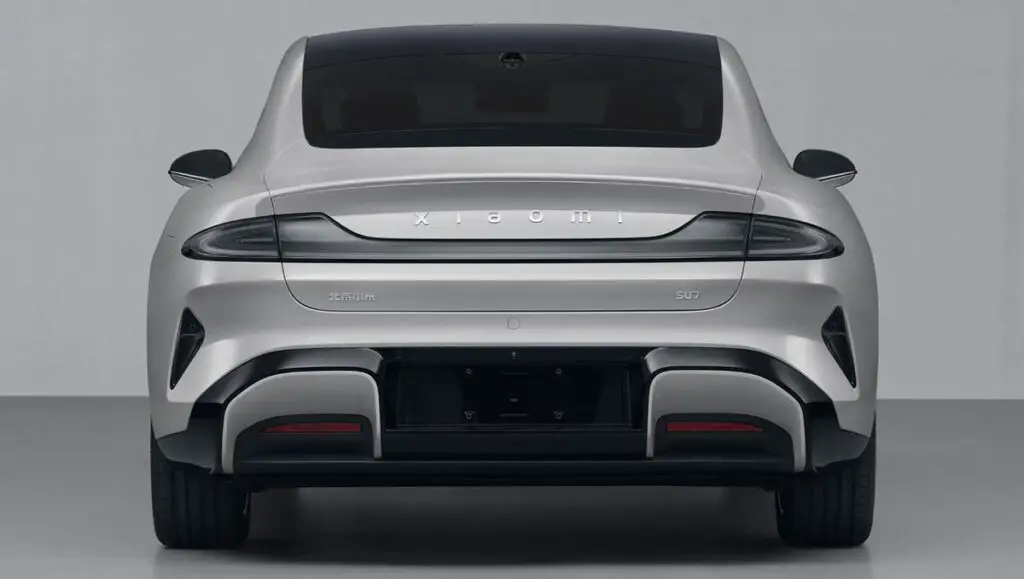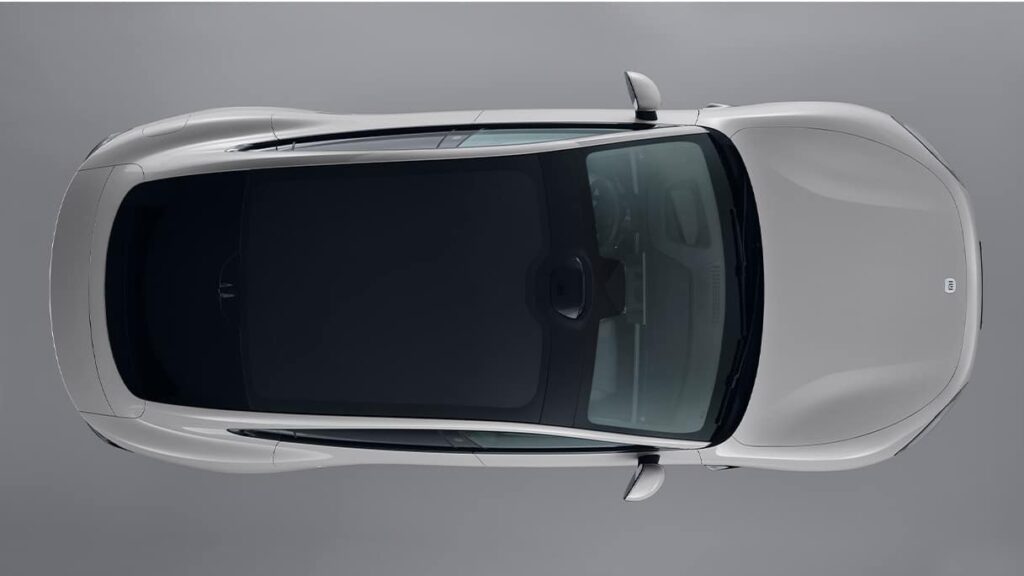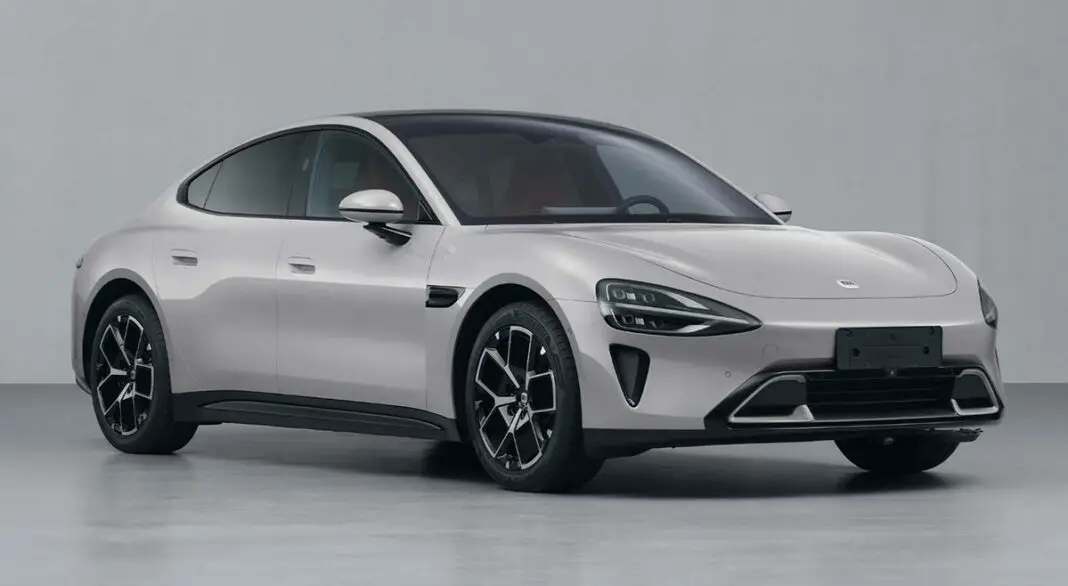Xiaomi’s Step into Electric Vehicles: The Launch of the Xiaomi SU7 Sedan. Xiaomi, primarily known for its expertise in the smartphone arena, has now ventured into the electric vehicle (EV) domain with its first model – the Xiaomi SU7. This move marks a significant shift in Xiaomi’s business strategy, underlining the company’s commitment to diversifying its portfolio and tapping into the buzzing EV market.
Table of Contents
The Manufacturing Backbone: BAIC’s Role
While Xiaomi is at the helm of this project, the actual manufacturing of the Xiaomi SU7 is contracted to Beijing Automotive Industry Holding Co. Ltd (BAIC). This collaboration is noteworthy, as BAIC brings its vast experience in automobile manufacturing to the table, ensuring that the Xiaomi SU7 is not just a tech marvel but also a reliable and well-crafted vehicle.
Regulatory Compliance
As per China’s regulatory requirements, every car must secure approval from the local regulator before entering the market. The Ministry of Industry and Information Technology (MIIT) plays a crucial role in this process, publishing a monthly list of vehicles that have passed through the homologation process. This practice, while sometimes a source of dismay for automakers due to premature exposure of car specs, offers the public an early peek into upcoming models – the Xiaomi SU7 being a case in point.
Dimensions and Design: A Closer Look
The Xiaomi SU7 boasts impressive dimensions, measuring 4997mm in length, 1963mm in width, and 1455mm in height, with a substantial wheelbase of 3000mm. This sedan is designed to make a statement on the road, combining sleek aesthetics with practical design elements.

Wheel and Tire Specifications: A Dual Option
The vehicle offers two wheel options – 19 inches and 20 inches, with tire specifications of 245/45 R19 and 245/40 R20, respectively. This choice allows for customization based on the driver’s preference for aesthetics and driving dynamics.
Technological Innovations: Lidar and Face Recognition
Xiaomi, staying true to its tech roots, has incorporated cutting-edge technology into the SU7. The sedan comes in two versions – one equipped with lidar and the other without. The lidar system, positioned behind the front windshield, hints at advanced driver assistance systems (ADAS) capabilities. Additionally, a camera on the B pillar suggests the incorporation of a face recognition unlocking function, further enhancing the vehicle’s security and convenience features.
Powertrain Options: Catering to Diverse Needs
The powertrain of the Xiaomi SU7 is offered in two configurations: a rear-wheel-drive (RWD) setup with a 220 kW motor and an all-wheel-drive (AWD) setup boasting a maximum power of 495 kW (220 kW + 275 kW). This range of options caters to different driving preferences, from efficiency-focused to performance-oriented drivers.
Battery Choices: BYD and CATL
In a strategic move, Xiaomi has partnered with two of the biggest names in the battery industry – BYD for the more economically priced trims, offering LFP battery packs, and CATL for the higher-end trims, providing ternary NMC batteries. This decision not only ensures quality and reliability but also aligns with the varied budgetary needs of potential customers.

Weight and Speed
The Xiaomi SU7’s curb weight varies between trims, with the lower-end model weighing 1,980 kg and the top-end model at 2,205 kg. Correspondingly, the top speeds are capped at 210 km/h and 265 km/h, respectively, showcasing a balance between safety and performance.
Model Variants: SU7, SU7 Pro, and SU7 Max
Xiaomi offers the SU7 in three distinct variants – SU7, SU7 Pro, and SU7 Max, each tailored to cater to different segments of the market. Some models feature an active rear wing, adding a sporty touch and enhanced aerodynamics.
Electric Motor and ETC Functionality
The electric motor, model TZ220XS000, is manufactured by United Automotive Electronics Co., Ltd, ensuring top-notch performance and reliability. Additionally, the vehicle comes equipped with an ETC (Electronic Toll Collection) function, allowing for seamless toll payments on highways, enhancing the convenience factor for long journeys.
Production and Market Entry Timeline
The electric 4-door 5-seater Xiaomi SU7 is set to start mass production in December 2023, with deliveries commencing in February 2024. Trial production has already begun at BAIC’s Beijing factory, with several test vehicles already rolled off the assembly line.
Xiaomi’s Strategic Investments and Collaborations
Xiaomi announced its intention to join the EV manufacturing race in March 2021, with a planned investment of 10 billion yuan (1.4 billion USD). This bold move was further cemented by the registration of the domain XiaomiEV.com in August 2023, signaling the company’s serious commitment to the EV sector.
Where will the Xiaomi SU7 be in the Broader EV Market
BAIC’s Global Footprint and the Mercedes-Benz Connection
BAIC’s involvement in the Xiaomi SU7 project is not just a local collaboration. BAIC holds a significant stake in Mercedes-Benz, one of the most renowned names in the automotive industry. This connection brings a global perspective and a touch of legacy expertise to the Xiaomi SU7, potentially elevating its status in the international market.
Comparing with Global EV Contenders
As Xiaomi enters the EV market, it’s crucial to contextualize the Xiaomi SU7 in the broader landscape, where giants like Tesla, Hyundai, and Mercedes-Benz are continuously innovating. For instance, the Tesla Model 2’s production in Berlin and Tesla’s collaboration with BP for supercharger networks (Tesla Model 2 Production, BP Tesla Partnership) set a high bar for market entrants.
Similarly, the strides made by Hyundai with the Ioniq 5 N (Hyundai Ioniq 5 N) and the anticipated advancements in battery technology by Toyota (Toyota’s Solid-State Battery) are significant benchmarks that Xiaomi needs to be aware of.
The Road Ahead for Xiaomi and the SU7
The launch of the Xiaomi SU7 marks a significant milestone in Xiaomi’s journey and China’s EV landscape. With its robust specifications, technological innovations, and strategic collaborations, the SU7 is poised to make a notable impact. As we eagerly anticipate its arrival in the market, it’s clear that Xiaomi is not just dipping its toes in the EV world but is ready to drive full throttle into this rapidly evolving sector.
We’d love to hear your thoughts on the Xiaomi SU7 and its potential impact on the EV market. Share your views in the comments below, and stay tuned for more updates on this exciting development!
Frequently Asked Questions
Xiaomi SU7 price
At the time of writing there is no information yet about pricing, but expect a price over $50,000. We will update the article as soon as pricing is revealed.
When will the Xiaomi SU7 be available for purchase?
The mass production of the Xiaomi SU7 is scheduled to begin in December 2023, with deliveries expected to start from February 2024.
What are the key features of the Xiaomi SU7?
Key features of the Xiaomi SU7 include two powertrain options (RWD with a 220 kW motor and AWD with up to 495 kW power), lidar technology, face recognition unlocking, a choice of LFP or NMC batteries, and an active rear wing in some models.
How does the Xiaomi SU7 compare to other EVs in the market?
The Xiaomi SU7 stands out with its tech-forward features, competitive pricing, and strong performance metrics. It aims to compete with other established EVs by offering cutting-edge technology and a range of options to cater to different consumer needs.
What is the Xiaomi SU7?
The Xiaomi SU7 is the first electric vehicle (EV) from Xiaomi, a renowned smartphone manufacturer. It’s an electric sedan that combines advanced technology with impressive design and performance features.

